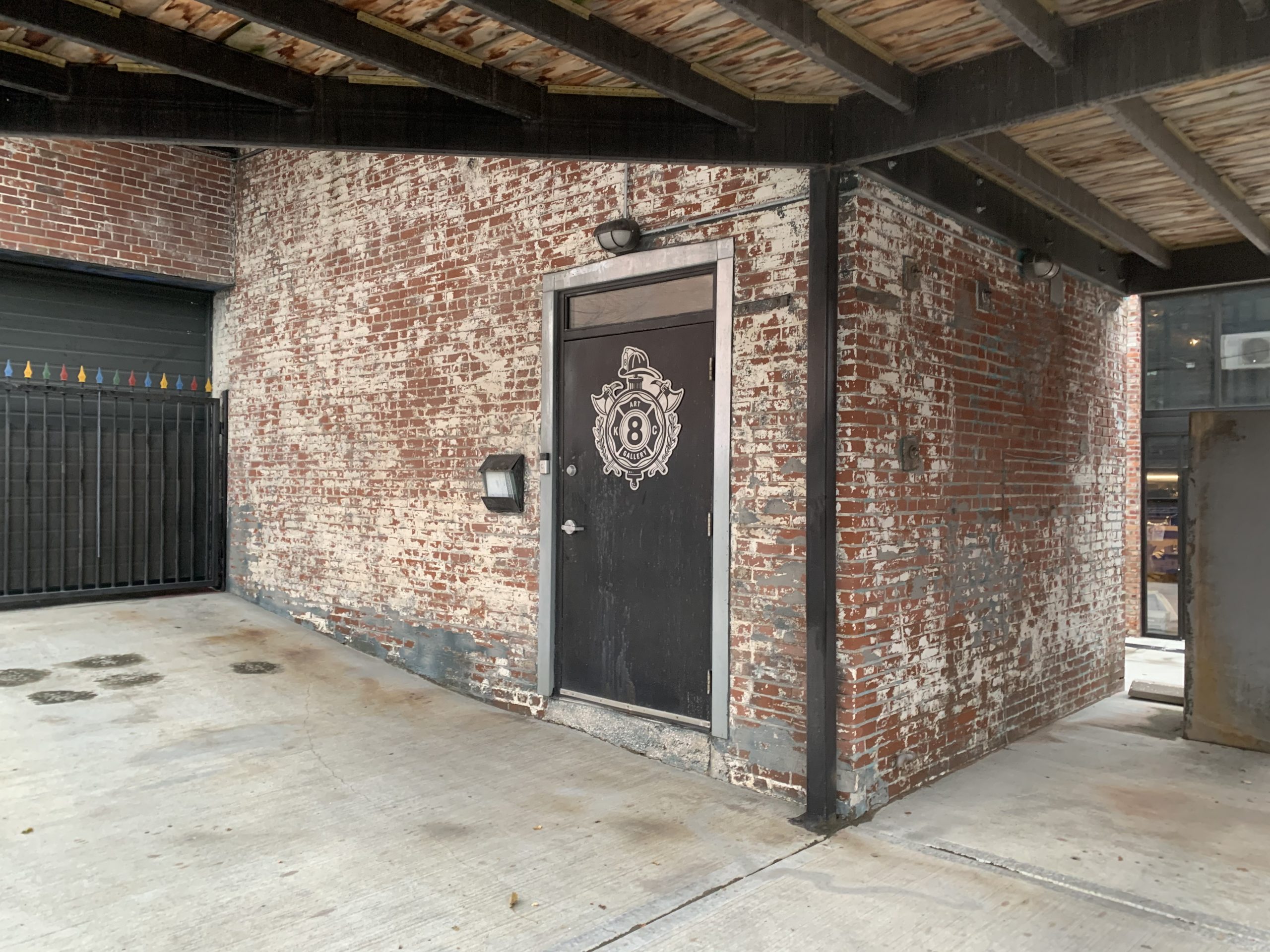PRESERVING HERITAGE WITH PRECISION: PARTNER WITH BLAST IT CLEAN FOR HISTORIC RESTORATION
Every historic structure has a unique story and composition. We tailor our approach, meticulously selecting the most suitable blasting media and techniques to suit the specific needs of each project. Whether it's delicate stonework, ornate metalwork, or intricate wood detailing, we have the expertise to handle it with care.
Our arsenal includes a range of gentle abrasives like baking soda, crushed walnut shells, and specialized techniques such as wet abrasive blasting. These methods effectively remove layers of dirt, grime, and unwanted coatings without compromising the structural integrity or historical authenticity of the building.
At Blast It Clean, we understand the delicate balance between restoration and preservation. Our expertise in industrial sandblasting and coatings extends seamlessly into the realm of historic restoration. We proudly offer our specialized services to safeguard the integrity and beauty of historical structures.
Whether it's a centuries-old landmark, a revered monument, or a community treasure, Blast It Clean stands as your trusted partner in the meticulous restoration of historical structures. We take immense pride in reviving the past while securing it for future generations to cherish.
✔ 24/7 scheduling capability
✔ 24-hour emergency response
✔ 47 alternative blasting media
GET IN TOUCH WITH US
HOW ARE BLASTING METHODS USEFUL FOR HISTORIC RESTORATION?
SANDBLASTING METHODS PLAY A CRUCIAL ROLE IN HISTORIC RESTORATION FOR SEVERAL REASONS:
Sandblasting, especially when using softer abrasives like baking soda or crushed walnut shells, can gently remove layers of dirt, grime, and old paint from historic surfaces without causing damage to the underlying material. This gentle cleaning helps reveal the original surface without compromising its integrity. Sandblasting allows for the precise removal of specific layers of material. Restoration experts can target and remove only the damaged or deteriorated portions while preserving the rest of the structure. This precision is essential for intricate architectural details common in historic buildings.
Compared to manual cleaning methods, sandblasting is often quicker and more efficient. It can cover large areas in a shorter time frame, making it a practical choice for restoring expansive historical structures. By removing layers of accumulated dirt, grime, and paint, sandblasting helps restore the original appearance of historic structures. This process brings back the intended aesthetics, allowing people to appreciate the architecture as it was originally designed.
Sandblasting provides a clean surface for subsequent restoration work. Whether it's repainting, repairing, or applying protective coatings, a properly cleaned surface ensures better adhesion and longevity of the restoration work. However, it's crucial to note that while sandblasting can be highly effective, it requires skilled professionals to perform the process carefully.
Improper use or excessive pressure during sandblasting can damage delicate historic materials like soft stone, wood, or fragile masonry. Therefore, selecting the appropriate blasting material and pressure is essential to ensure the preservation of the historic structure during the restoration process.

WHICH MEDIA IS BEST FOR YOUR HISTORIC RESTORATION PROJECT?
BAKING SODA
Sodium bicarbonate (baking soda) is a gentle abrasive that effectively removes dirt, grime, and some coatings without damaging the underlying surface. It's particularly useful for delicate materials like soft stone, wood, or certain metals. Baking soda is non-toxic and water-soluble, making cleanup easier.
WALNUT SHELL
Crushed walnut shells are a natural, biodegradable abrasive that's gentle on surfaces. They are often used for removing paint, coatings, and light surface contaminants without harming sensitive materials.
CORN COB GRIT
Ground corn cob is another mild abrasive used in restoration work. It's suitable for cleaning and polishing surfaces without causing damage, making it ideal for more delicate materials.
CRUSHED GLASS
Ground glass is another abrasive used in restoration. It's harder than baking soda but softer than sand. Crushed glass effectively removes paint, rust, and other coatings while being less abrasive and causing minimal damage to surfaces.
SPONGE
Why sponge blasting? Sponge blasting is a cutting-edge method of surface preparation that combines precision, efficiency, and environmental responsibility. Sponge media is clean, waterless, low-dust, and less abrasive, which is helpful on delicate surfaces such as statues and other historic architecture.
WATER
In some cases, water blasting or wet abrasive blasting techniques are employed. This method uses water mixed with abrasive material to reduce dust and control the impact on the surface being cleaned. It's particularly useful for sensitive materials and areas where dust control is crucial.
WHY CHOOSE BLAST IT CLEAN FOR HISTORIC RESTORATION?
Our team comprises seasoned professionals with a deep respect for historical significance. We employ sandblasting techniques that ensure precision in removing layers of deterioration while safeguarding the original surface.
Beyond restoration, we specialize in protective coatings that fortify and preserve the restored surfaces. Our coatings offer long-term protection against environmental elements, ensuring the longevity of the restoration work.
CONTACT BLAST IT CLEAN TODAY
Let us be a part of your historic restoration journey. Reach out to Blast It Clean today for a consultation tailored to your restoration project. Together, let's preserve the legacy and beauty of our shared history.
